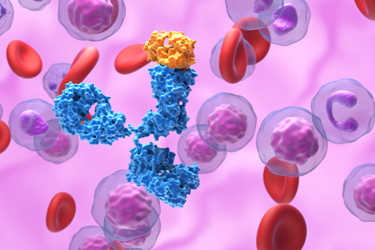Balancing Protein A Resin Cost, Performance, And Productivity
By Niklas Jungnelius, Bioprocess Modeling Leader, Cytiva

Input parameters play a critical role in shaping both productivity and efficiency in downstream bioprocessing. For instance, a higher dynamic binding capacity (DBC) enhances productivity by minimizing the number of cycles or column volumes needed. Similarly, high flow rates reduce cycle time, further boosting productivity. When high back-pressure limits flow rates, shorter bed heights can be a viable alternative. Additionally, increased resin durability extends the number of batches that can be processed per resin lifetime, while strong alkaline stability enables hundreds of cycles with minimal DBC loss, even under exposure to harsh cleaning agents—ensuring excellent bioburden control.
When selecting a protein A resin, it's essential to weigh productivity, cost, and versatility against your specific process scenarios, production volumes, development phase, and facility constraints. Define your objectives and limitations clearly, then evaluate your options to find the resin that aligns best with your needs. Process modeling can be a powerful tool to identify the most cost-effective and productive resin, but don’t overlook other critical factors such as quality, sustainability, and scalability.
At Cytiva, we’re here to support you in evaluating your clinical and commercial manufacturing requirements. Whether your goal is to maximize cost-efficiency, enhance productivity, or strike the right balance between the two, our team is ready to guide you toward the optimal resin choice.
Get unlimited access to:
Enter your credentials below to log in. Not yet a member of Drug Discovery Online? Subscribe today.
